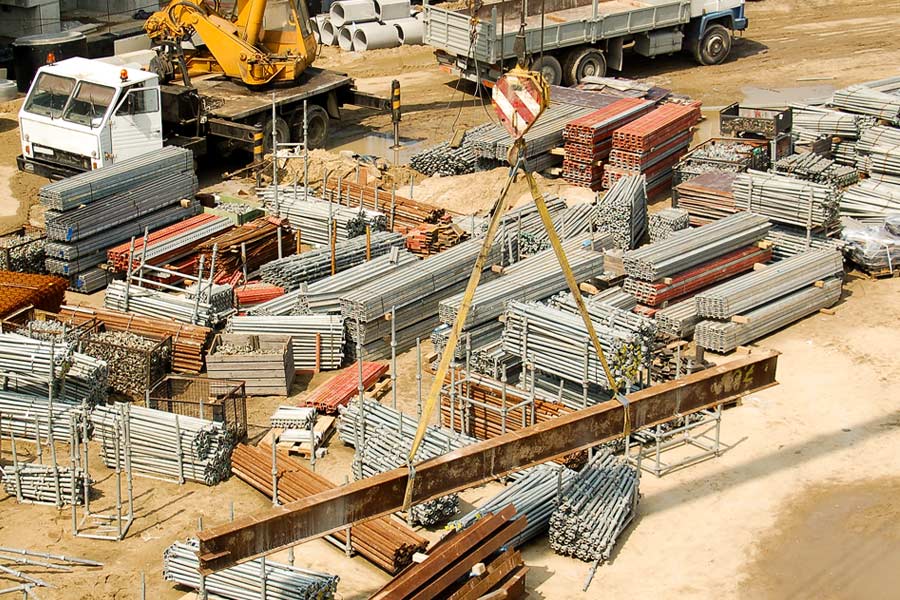Concrete is one of the most widely used construction materials in the world. It is a versatile and durable material that can be used for various applications, from building foundations to bridges and highways. But what makes concrete so strong and reliable? The answer lies in its four essential materials: cement, water, aggregates, and admixtures.
Cement is the binding agent that holds the other materials together. It is made from a mixture of limestone, clay, and other minerals that are heated to high temperatures to form a fine powder. When mixed with water, cement forms a paste that hardens and binds the aggregates together.
Water is the second essential material in concrete. It is needed to activate the cement and make it harden. The amount of water used in the mix is critical, as too much or too little can affect the strength and durability of the concrete.
Aggregates are the third essential material in concrete. They are the coarse and fine particles that make up the bulk of the mix. Common aggregates include gravel, sand, and crushed stone. Aggregates provide strength and stability to the concrete, as well as help to reduce shrinkage and cracking.
Admixtures are the fourth essential material in concrete. They are chemical additives that are added to the mix to improve its properties. Admixtures can be used to increase the strength, durability, workability, and setting time of the concrete. Some common admixtures include air-entraining agents, water-reducing agents, and set-retarding agents.
In conclusion, understanding the roles and importance of the four essential materials in concrete is crucial for producing high-quality and durable concrete structures. Cement, water, aggregates, and admixtures all play a vital role in the strength, durability, and workability of the concrete. By using the right mix of these materials, engineers and builders can create structures that are strong, reliable, and long-lasting.



